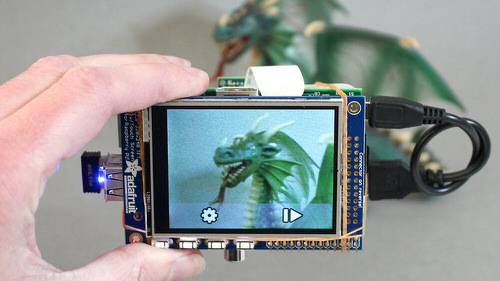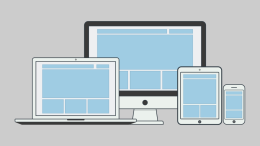
At long last, Raspberry Pi has an official touchscreen accessory in the works.
“The whole time we’ve been doing Raspberry Pi we’ve been saying yeah the display accessory is coming, yeah the display accessory is coming—and the display accessory is finally coming,” Raspberry Pi inventor and CEO Eben Upton said at the Speaking at Disrupt Europe 2014.
The official Pi screen will be great for enthusiasts, because mass production will bring its price down. In the meantime, if you can’t wait for the upcoming display, there are at least four current third-party touch screens on the market ripe for building your own DIY projects.
Adafruit PiTFT Touchscreen: $35
This palm-sized full-color screen is perfect for a number of projects you can find on Adafruit’s educational site, including a touchscreen camera. With a 2.8″ display and 16-bit color pixels, it comes fully assembled for the DIYer who doesn’t want to wait.
PiScreen By Tindie, $57
This slim 3.5” display TFT started as a Kickstarter that went 20 times over its original goal—which should tell you something about how much fans want a Pi touchscreen! It’s extremely slim compared to any other model on the market.
Capacitive Touchscreen By Chalkboard Electronics, $112
With increased size comes increased price and with a 10” display, this one is a behemoth. This LCD screen was Raspberry Pi developer Michael Castor’s choice when he built the titular PiPad earlier this year. Unfortunately, only refurbished models are available now.
HDMIPi, £75 ($120)
Update: This is the HDMI screen we described, but unfortunately it is not a touchscreen. We regret the error.
Its creators call it “affordable,” but it’s the priciest there is. Not that it isn’t worth it—it’s the only Pi-compatible screen with the benefit of a smooth HDMI display. This one was also a highly successful Kickstarter, and models are only just shipping this month.
Photo of the Adafruit PiTFT by Phil Burgess










